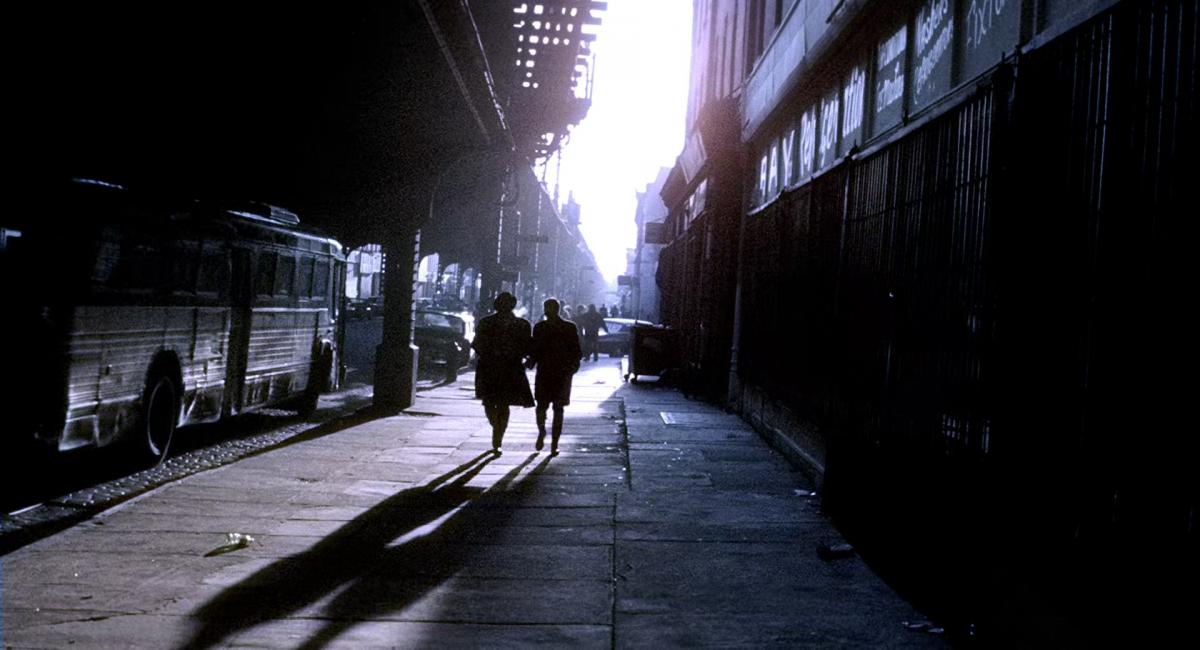The French Connection

It’s incredible how dazzling the effect of the slogan “realism” is in our culture. It’s a self-destructive, self-reducing mechanism. As soon as you wield that slogan, as soon as you adhere to that programme, as soon as you use that interpretational framework, you slide irresistibly from one “basic reality” to another. You irresistibly come sliding down the slide, never reaching the end point of a “true realism”, never arriving at the ultimate reality. Realism resembles a Zen thinking task, which spins your thoughts into an inextricable net. To get out of it, you have to take a kind of qualitative leap, out of the “spell” of realism. Because it’s sophistry, an optical illusion.
It remains a mystery to me why people keep falling for it. Why do people value The French Connection as a brave film about the decay of a metropolis, about the ravage of drugs, about the self-destruction of law enforcement? Why do people consider it a message to cinema audiences?
Philip D’Antoni, the producer of The French Connection (directed by William Friedkin, 1971) gave the film its “right dimension” when he said (in Variety of 24/11/71) that he was so proud of it because he was able to bring it in at half the price of his previous hit, Bullitt (directed by Peter Yates, 1968). To deliver a product with identical commercial success at half the price, that’s an achievement.
For that matter, what I wrote about Klute (directed by Alan Pakula, 1971) also applies to The French Connection: it’s a return to a theme of the previous century, where the city is once again viewed in moralistic terms as a place of decay. Moral decay, physical decay, decay of the city itself.
The belief in realism is perhaps nothing but a pan-moralistic view of reality, the placing of an adjective in front of reality. In realism, that adjective is tasked with making any further discussion unnecessary. It is said.
Image from The French Connection (William Friedkin, 1971)
This text originally appeared in Kunst & Cultuur 5, no. 6 (16 March 1976).
This translation was published by courtesy of Reinhilde Weyns and Bart Meuleman.
With the support of LUCA School of Arts, LUCA.breakoutproject.

